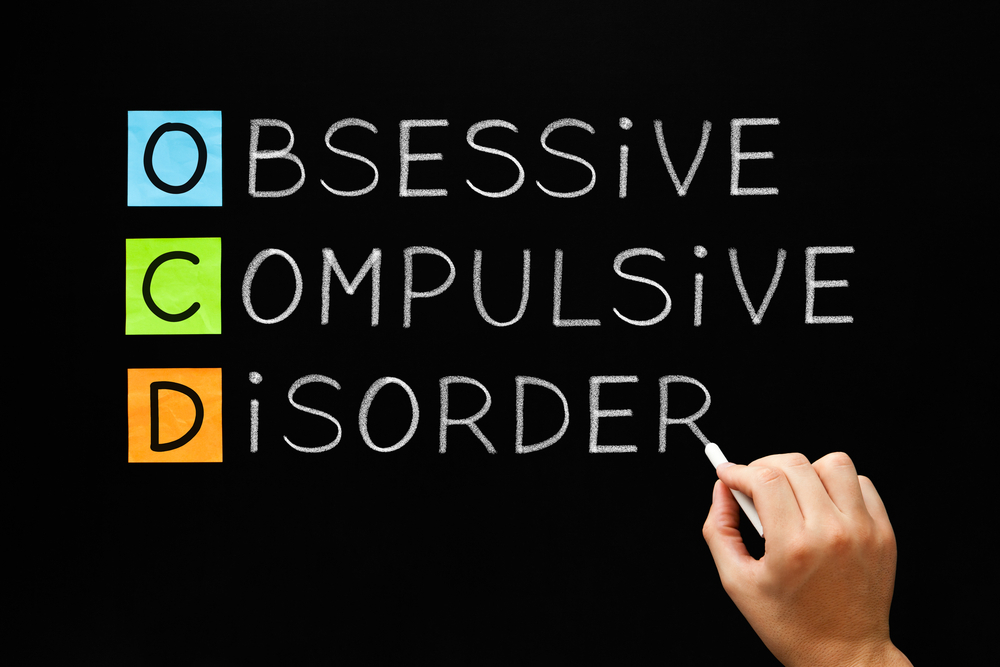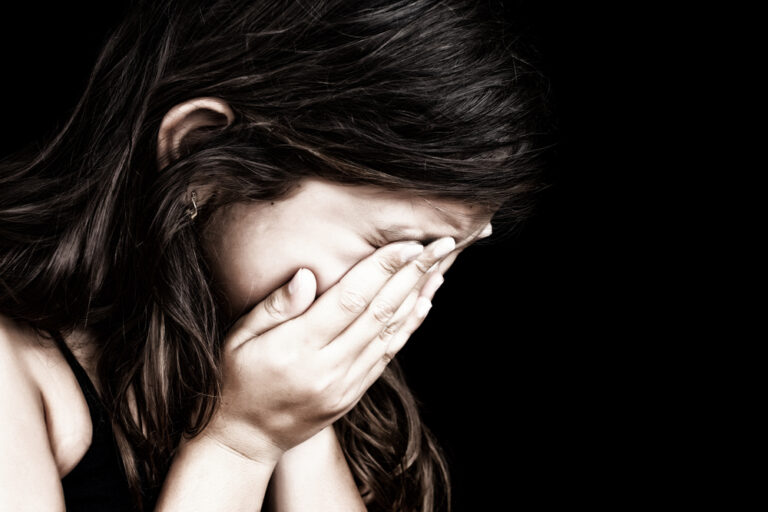Four Different Types of OCD
OCD, or Obsessive Compulsive Disorder, is a debilitating and sometimes extreme sickness that causes the sufferer to experience repetitive thoughts and/or urges to repeat certain acts over and over and over again.
To illustrate, let’s look at a summarized case example shown by the American Psychiatric Association about a patient named “Allen.”
Allen came to a mental health clinic to treat anxiety. He was often worried about catching diseases, such as HIV. Allen shared that he would often wash his hands up to 30 times a day with bleach because of this fear.
He avoided close contact with anyone else, particularly at the grocery store, and forgot about intimate relationships with someone else.
But this wasn’t all. Allen also had constant thoughts and fears that he’d say something offensive and had certain rituals like filling the bathtub to a level he determined would not flood his neighbors.
We all have anxious thoughts from time to time, and there is a fine line between perfection and compulsion, but the key to postulating an OCD diagnosis is that these thoughts and behaviors get in the way of everyday life.
There are four different types of OCD. Let’s dive in:
Contamination and Washing – Type 1
We think of Allen as we explore this type of OCD, don’t we? His compulsion to wash his hands with bleach several times a day stems from his fear of contracting a disease.
There are also other reasons for the constant washing, which is the fear of being physically unclean. And unfortunately, these needs to wash are not restricted to concerns of dirt and germs. Still, they can also include phobias of various types of insects and animals, chemicals, and even sticky substances.
There is an isolating component of this type of OCD because sufferers will go to extensive lengths to avoid public places. If they do venture out, they develop a series of “protective rituals” to counteract the fear and feel safe, just like Allen did with the repetitive hand washing with bleach.
Doubt About Accidental Harm and Checking – Type 2
Fears of harming oneself or someone else falls into this type of OCD. It isn’t uncommon for sufferers to struggle with images of others being run over by a car, or this can even extend to fear and anxiety of the thought of possibly hurting a stranger in the past.
“Checkers” is often a term that describes this type of OCD. Why? Persons who suffer from this condition feel a constant need to “check” things. For example, they can’t stop thinking that they left the stove on before leaving the house. The fear may be that the house will catch on fire while they are gone. By checking the stove repeatedly, they are trying to negate the thought of the house burning down to try and calm the mind.
Symmetry, Arranging, and Counting – Type 3
Counting, arranging, and organizing is what an individual with Type 3 OCD will do a lot. Patients will become very anxious if items are out of place or alignment, even extending to feelings of extreme discomfort if objects are not perfectly spaced apart. While most people like a home to be tidy or a desk to be clean, arranging of this sort comes with feelings of incompleteness and is often associated with a series of ritual behaviors such as tapping things repeatedly. Some people with this OCD ailment take it a step further and feel that harm will come to someone they know if they don’t line up particular objects in a certain way.
Unacceptable Taboo Thoughts and Mental Rituals – Type 4
Individuals with a Type 4 OCD diagnosis aren’t usually violent, but they have extreme violent thoughts, like pushing someone in front of a moving car. Sometimes these thoughts are even of a sexual nature. Characteristics can extend to thoughts regarding religion too. For example, to suppress the disturbing and violent thoughts that may choose to excessively pray or confess, and they struggle against blasphemous thoughts against religious leaders.
Who’s at Risk for Obsessive-Compulsive Disorder?
There could be a few reasons for this disorder. It could be a family history (with genetics or learned behavior playing a role), a major stressful life event, or other mental disorders associated.
OCD typically appears in teens and young adults, but it can also start during early childhood. The disorder is considered life-long, but it can worsen under stressful conditions.
Treatment Options
According to the Centers for Disease Control, the first step is to talk to a healthcare provider for an evaluation. Some telltale signs to look for in determining if you need to seek professional help are:
• Excessive time spent engaging in ritualistic behaviors
• Health issues, such as contact dermatitis from frequent hand-washing
• Difficulty attending work, school, or social activities
• Troubled relationships
• Overall poor quality of life
• Suicidal thoughts and behavior
Treatments sometimes warrant therapy and medication combined. Therapy is a behavioral therapy approach where patients are taught to turn negative thoughts into positive thoughts.
There is a positive outlook for sufferers of Obsessive-Compulsive Disorder with therapy and medication.








